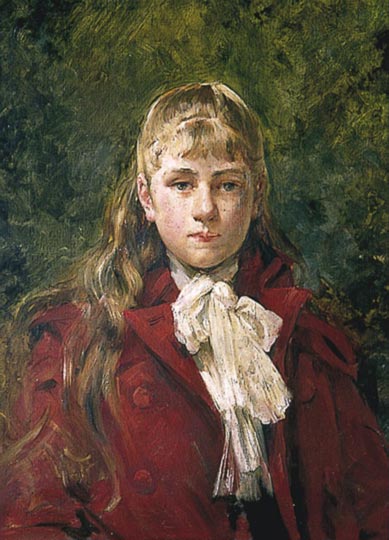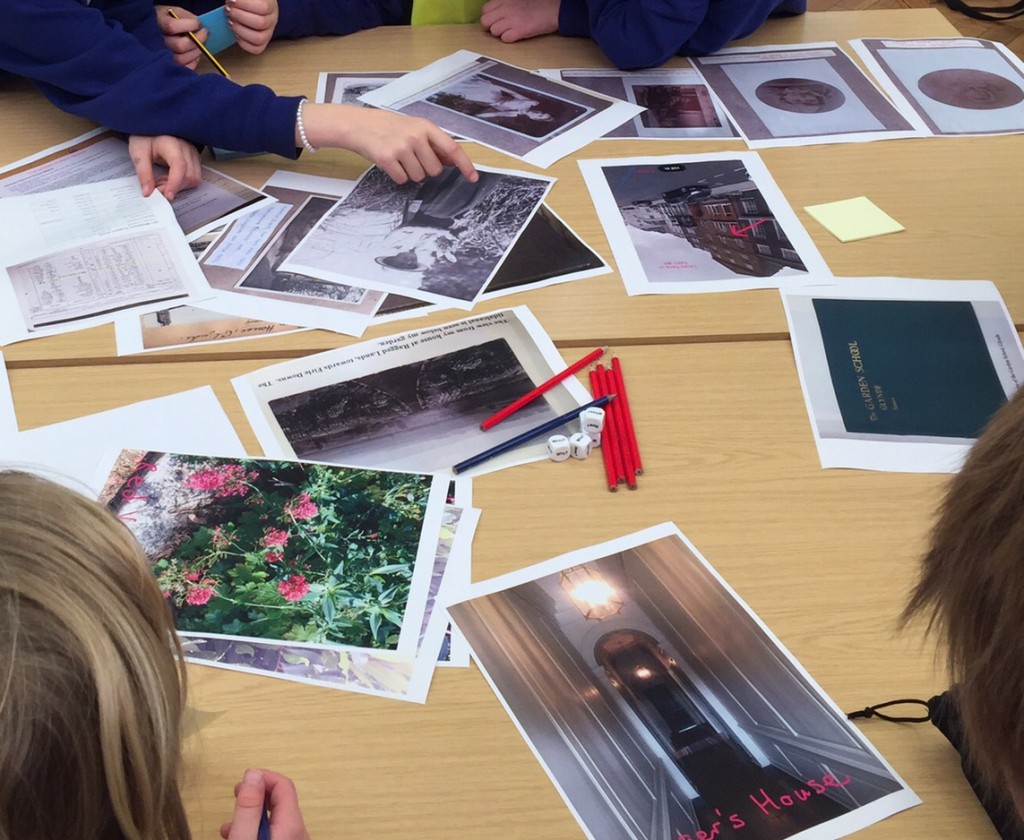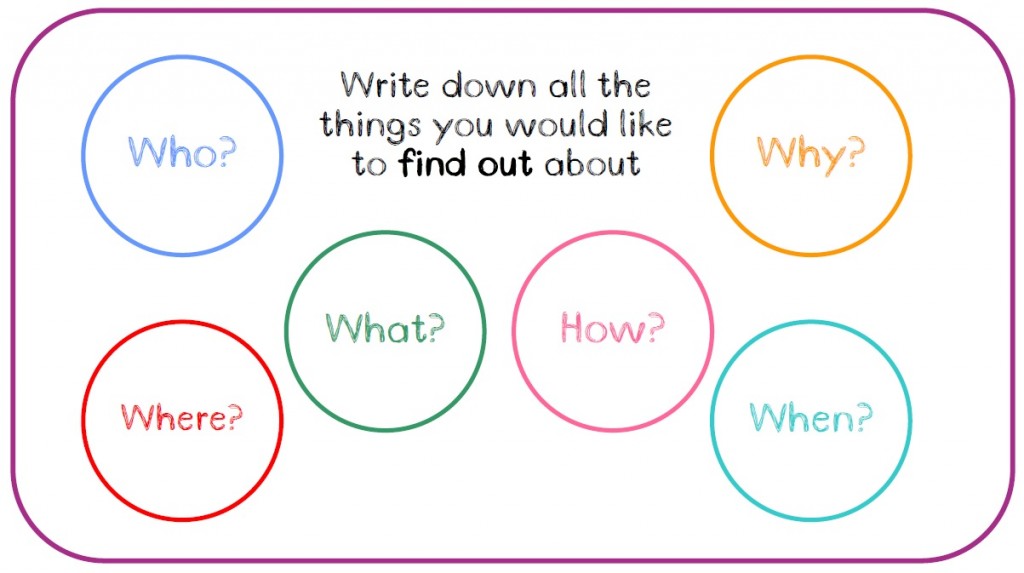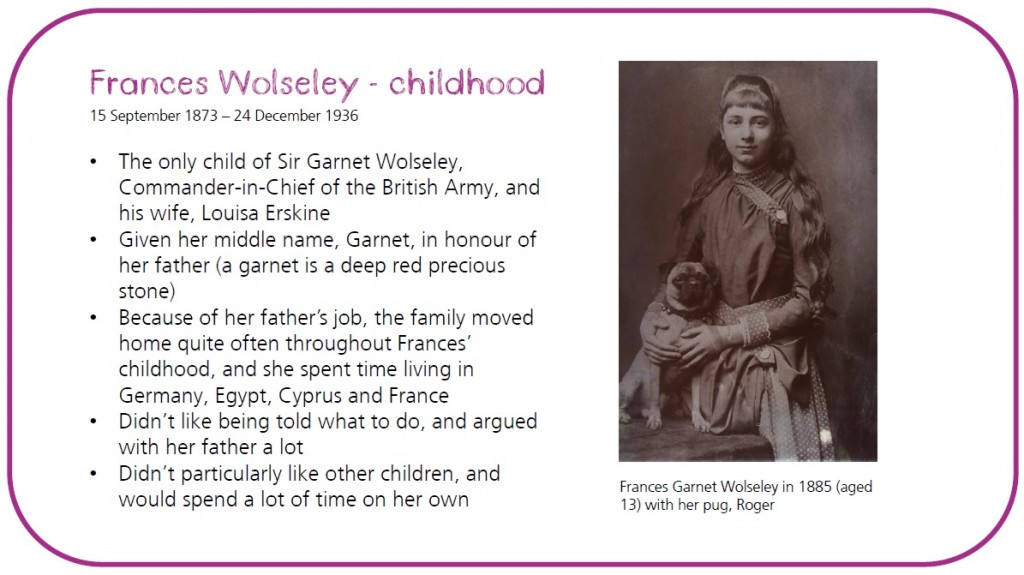Who Are You? A Childhood Portrait of Viscountess Frances Wolseley by Su Hepburn

Frances Garnet Wolseley, Viscountess Wolseley (1872-1936) by Julian Russell Story, 1884. Collection of Royal Pavilion and Museums, Brighton & Hove
My application for my Understanding British Portraits Fellowship began with a simple question, ‘who are you?‘, which is what I thought the moment I saw the portrait of a young girl staring out so boldly from the canvas. Little did I know what an amazing person I had come across.
The portrait of The Honourable Frances Wolseley was painted in 1884, by Julian Russell Story. Frances was born in 1872 so in this portrait she is 12 years old. The painting is part of the Wolseley Archive, housed at Hove Library along with the rest of her archive of letters, photographs, drawings and scrapbooks. It was painted at the same time as a portrait of her mother, Louisa Wolseley by the same artist, and that portrait is in the V&A collections. The painter of this portrait was Julian Story who was successful as a portrait painter in both America and England. His patrons and sitters were generally from the upper echelons of society.
Frances was an only child, born into a military family. Her father was Sir Garnett Wolseley, a very significant British military figure who from 1895 was Commander-in-Chief of the Forces. Her childhood was spent moving around a lot as he moved to different campaigns, or as her mother moved while he was away. She lived in London, Dublin, Cyprus, Germany, Isle of Wight, Egypt, and Sussex. They lived in houses, hotels and Government buildings. In her own letters, Frances reflects that she often felt displaced, as the family staff, her Governesses, her tutors, friends, and pets changed so often. She mostly enjoys the outdoors life – riding, gardening, playing outdoor games with boys. And drawing.
As an adult Frances is most famous for setting up and running the The Glynde School for Lady Gardeners. This was opened in 1903 and was the first technical college for women – offering to teach women a trade in gardening not just as a hobby. Subjects covered in the curriculum included market gardening, bee keeping, veg and fruit cultivation, green house work, propagation and culture of flowers, and general garden routine. Royal Horticultural examinations could also be arranged.
Frances published many books, Gardening for Women, In a Country Garden, In a College Garden, Gardens their Form and Design, and also lectured in UK, Europe and USA on women gardening.
As part of my Fellowship, I set out to find a way of making the story of Frances more well known to local schools, especially her childhood stories.
I invited a local school, Cottesmore St Mary’s Catholic Primary School, to come an be Art Detectives for the afternoon. Our first activity was to ask ‘what can you see?’ We then asked ‘what can you guess?’ And finally we asked the class to write down all of their own questions that they had, ‘who, what, why, how, when, where?’ And using all of my research we all set out to answer the questions.
I can see –
- She has clothing for autumn/winter
- The look on her face is sad/serious
- The label says she is Wolseley family
- The other portraits – all her family look serious, her father looks like he is in the army, they must be famous to have portraits painted
- She has blonde hair
- Blue/green eyes
- Looks healthy and as if she eats well
- The artist has used autumn colours of paint in the background
I can guess –
- She comes from a wealthy family
- She was wise
- They live in WW1 or they are Victorian
- It might be a self-portrait
Our questions –
- What did she do in everyday life?
- Why does she look so serious?
- Who was the artist?
- When was it painted?
- Why is the mother wearing black?
- Where did they live?
- How do her parents make money?
- Who lives in her family?
- Why do the family look so serious?
- What does she do?
- When did she have that portrait done?
- How did she die?
- Why was this room named after Frances Wolseley?
- What was her mother’s job?
- When was she born?
- Who was she in the future?
- Why did her Dad go in to the army?
- Why did the painter paint the picture?
- Was she an artist and if so was the painting a self-portrait?
- Who was her best friend?
- How old is she in the portrait?
- Why is there a portrait of everyone in her family?
- When did she die? Or did she?
- Who were her grandparents?
- Who were her relatives?
- Why does she have those clothes?
- What did the painter paint with?
The class were beyond excited and engaged, they relished the opportunity to devise their own questions, and then to find out the clues and start to build up a picture of Frances. I was astonished how empathetic they were in connecting her expression in the portrait to her childhood experiences, the status of her family, and to Frances’s character traits.
What I enjoyed most (feedback from the students) –
‘Being an art detective.’
‘Discovering so much history and facts behind just a few paintings.’
‘Finding out about the facts and using different info to find out more.’
‘I liked finding out about someone I didn’t know existed and learning about her life, her childhood, her houses and her family.’
We have now created schools online PDF ‘Art Detective: Investigating a Portrait’ for all schools to use.






Comments
Thank you for an interesting read! I just discovered the fascinating woman while googling ‘historical women in horticulture’ on Sunday. I enjoyed the children’s questions and believe they will inspire me as I create my first blog post for “Women in Horticulture” (of Delaware Valley USA) Cheers!
Thank you for such an interesting read. I was very drawn to the portrait due to Frances’ bold and confident expression. The artist really captured the drive, single mindedness and motivation she must have needed to set up this pioneering college. I can’t wait to find out more!